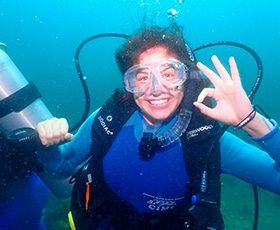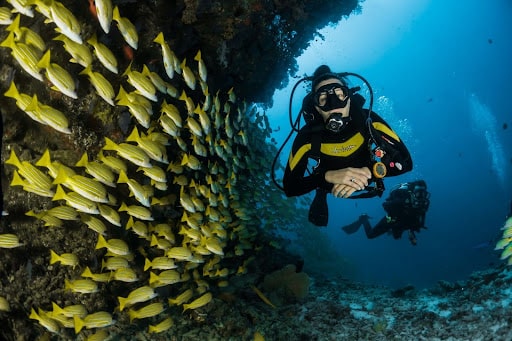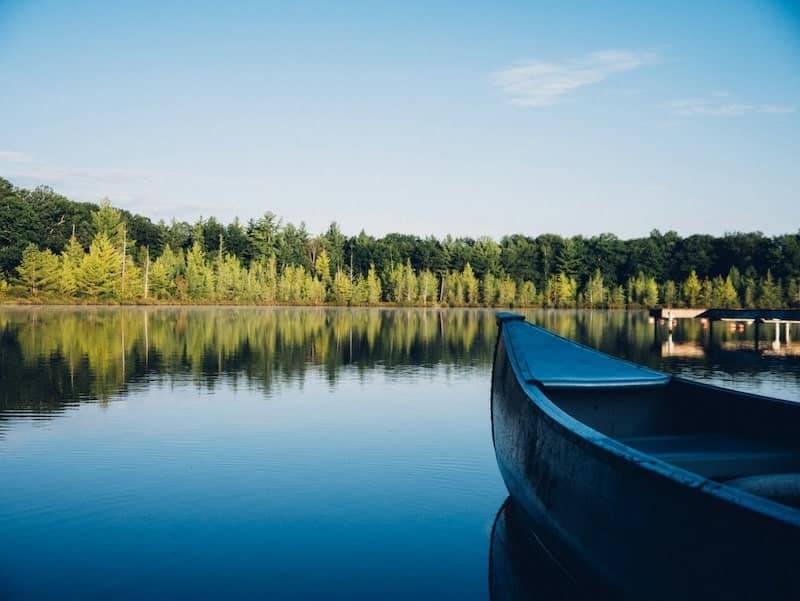
Algae and kelp are like the trees and shrubs of the aquatic world except for one important factor, THEY’RE NOT PLANTS! Kelp is in fact in the Kingdom Protista meaning that among other things it does not use roots to absorb nutrients nor does it have a vascular system to transport those nutrients to its various structures. The part of kelp most similar in appearance and location to the roots of plants is called the holdfast. This spaghetti like structure has a primary function of securing the organism to the sea floor; holding it “fast” in all but the most turbulent conditions.
[vc_row][vc_column width=”2/3″][vc_column_text]Because of the way kelp holdfasts are tangled and tasseled, they make the perfect protected place for young ocean animals to get their start in the world. If you were to find an uprooted holdfast floating at sea or on the beach you would be likely to spot more than a few species of animals. Everything from brittle stars to isopods to tube worms, tiny sea hares, kelp crabs and baby octopus can be found in these miniature nurseries. Scientists believe you could find over one hundred species in a single holdfast!
Some holdfasts like those of the giant brown kelp are expansive and winding while others, like that of the sea palm, are more puck-like and perfectly adapted to cement firmly onto rocks and other hard substrate. This tight grip allows kelp to stay stationary for a long time. While the blades of kelp only live about a month or two, holdfasts can live and grow for up to ten years or more! Visit Catalina to see some!
More information on kelp and holdfasts can be found at this link: Additional Kelp and Holdfast Information[/vc_column_text][/vc_column][vc_column width=”1/3″][vc_single_image image=”6854″ img_size=”large” alignment=”center”][/vc_column][/vc_row]



